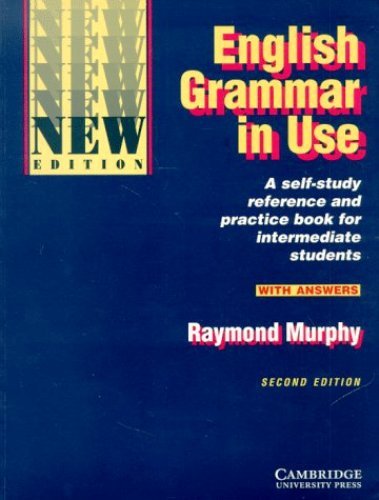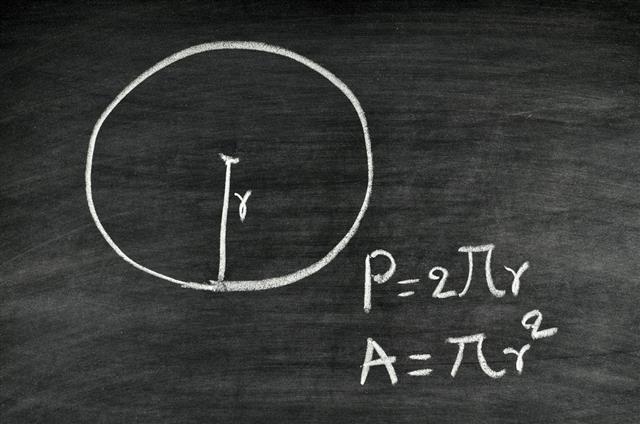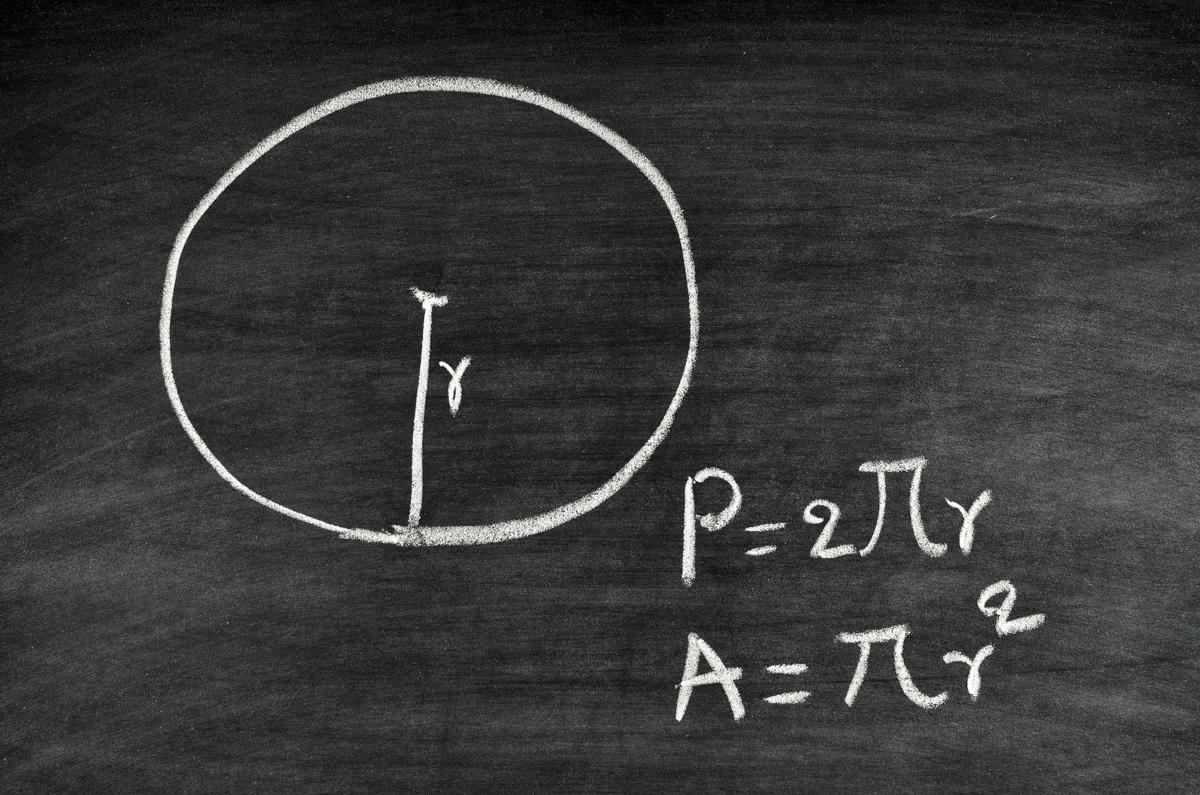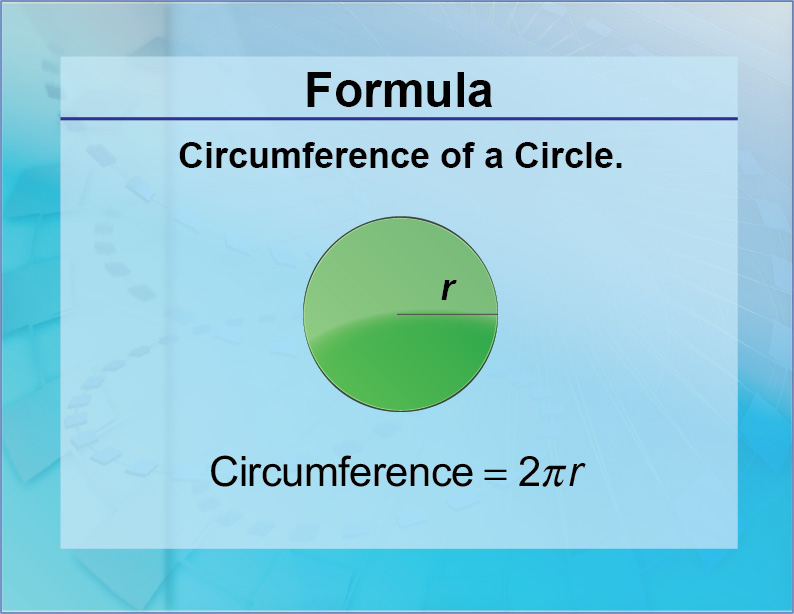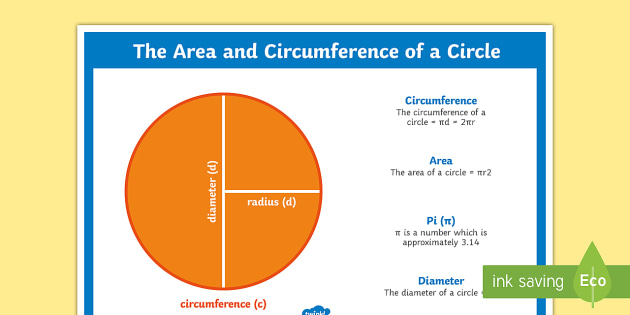A clauseis a group of words that contains a subject and a predicate. Some clauses can express a complete thought whereas some clauses cannot. Clauses that express a complete thought and stand alone as sentences are known as independent clauses.
The clauses that cannot express a complete idea are known as subordinate clauses or dependent clauses. Subordinate clauses can be mainly divided into three categories based on their functions. They are noun clauses, adjective clauses, and adverbial clauses. In this article, we are focusing our attention on noun clause. A subordinate clause has a subject and verb but, unlike an independent clause, cannot stand by itself.
It depends on something else in the sentence to express a complete thought, which is why it's also called a dependent clause. Some subordinate clauses are introduced by relative pronouns and some by subordinating conjunctions ( although, because, if, unless, when, etc.). Subordinate clauses function in sentences as adjectives, nouns, and adverbs.
A noun clause, like other clauses, is a group of words that includeS a subject and a verb. As a dependent clause, it must be connected to an independent clause to form a complete sentence. A noun clause functions as a noun, which means it can be a subject, direct object, indirect object, object of a preposition, predicate nominative, or appositive. One point to bear in mind is a noun clause is not a noun modifier.
A noun clause refers to a clause that serves the same purpose as a noun and is usually dependent. Just like nouns do, a noun clause names people, things, places, and ideas. Noun clauses typically have a verb and a subject, but they cannot express a complete thought in a sentence; hence they are known as dependent clauses. Since noun clauses cannot form complete sentences, they are usually used together with an independent clause. This article gives in-depth insights on noun clauses and the examples of noun clauses. Both noun clauses and noun phrases have the same grammatical functions as ordinary nouns.
Both function as subjects, objects, and complements of a sentence. Their difference mainly stems from their composition. A dependent, or subordinate, clause contains a subject and a verb or verb phrase but does not express a complete thought.
Dependent clauses can function either as noun clauses, adjective clauses, or adverb clauses. The subordinators do the work of connecting the dependent clause to another clause to complete the sentence. In each of the dependent clauses, the first word is a subordinator. Subordinators include relative pronouns, subordinating conjunctions, and noun clause markers. Most of the time, noun clauses start with a question word, sometimes called a subordinating word. The word can either be a relative pronoun, which acts as a noun, or a subordinating conjunction that introduces a dependent clause.
This word links the 2 clauses together and addresses a question from the independent clause. Unlike independent clauses, they can't stand alone as full sentences. Noun clauses function to add more details to a sentence. If you're not sure whether a clause is a noun clause, try replacing it with other nouns or pronouns. These clauses start with a dependent word like a relative pronoun or a subordinate conjunction.
Such as, who, because, and, but, although, where, when, etc. Adjective, adverb, and noun clauses contain a subject and a verb. They function as adjectives, adverbs, and nouns using pronouns or subordinating conjunctions. A noun clause is a dependent clause that acts as a noun. Noun clauses begin with words such as how, that, what, whatever, when, where, whether, which, whichever, who, whoever, whom, whomever, and why.
Noun clauses can act as subjects, direct objects, indirect objects, predicate nominatives, or objects of a preposition. I know this seems kind of strange because noun clauses often function as integral parts of the independent clause (subjects, direct objects…). For this reason, we can call the independent clause the host clause. Both finite and nonfinite noun clauses can function as direct objects although nonfinite noun clauses again perform the function infrequently. A noun clause can function as a direct object, an indirect object, or the object of a preposition. The goal of our company is what is explained in the profile.
The underlined portion of the sentence contains the subject and the verb. The italicized portion is the noun clause which contains a subject and verb but is a dependent clause. Both finite and nonfinite noun clauses can function as direct objects.
Most people are comfortable with the idea of a noun, but they may not feel so confident when it comes to the noun clause. A noun clause is a group of words acting together as a noun. Take a look at some sample sentences containing noun clauses to understand their purpose and function. Add meaning to independent clauses in a variety of ways by acting like adjectives, adverbs, or nouns. It cannot function on its own because it leaves an idea or thought unfinished. These help the independent clauses complete the sentence.
Like a phrase, a clause is a group of related words; but unlike a phrase, a clause has a subject and verb. An independent clause, along with having a subject and verb, expresses a complete thought and can stand alone as a coherent sentence. In contrast, a subordinate or dependent clause does not express a complete thought and therefore is not a sentence. A subordinate clause standing alone is a common error known as a sentence fragment. To quickly identify a noun clause in a sentence, one can look for words like whoever, why, whatever, whichever, what, how, and many more.
A noun clause can either act as a subject or an object. Objects include; prepositional objects, indirect objects, and direct objects. The nonfinite, or unconjugated, verbs in the noun clauses are to wash , to come , reciting , singing , and eat .
Notice also that the object pronouns function as the subject of the nonfinite noun clause when the verb is an infinitive or present participle. Conjunctions are "words that link words, phrases, and clauses." A subordinating conjunction is a conjunction that introduces a subordinate or dependent clause. Subordinating conjunctions that introduce noun clauses are also referred to as noun clause markers. The subordinating conjunctions in English that introduce noun clauses are that , if, whether, wh- words, wh-ever words, and sometimes for. Some grammars use the term nominal clause for noun clauses.
An adverb clause provides a description and functions as an adverb. It contains a subject and a verb but it does not express a complete thought and cannot stand alone as a complete sentence. Adverb clauses answer questions of how, when, where, and why.
Adverb clauses start with a subordinating conjunction. An adjective clause is also known as a relative clause. This clause provides a description and functions as an adjective. Adjective clauses are placed after the noun it is modifying.
The nonfinite, or unconjugated, verbs in the noun clauses are to finish , singing , and eat . The term "noun clause" might sound confusing, but finding and identifying one is much easier than you might think. Simply put, a noun clause is a dependent clause that takes the place of a noun in the sentence. A dependent clause is a phrase that can't stand on its own as a complete sentence.
If a dependent clause can stand in for a person, place, or thing, then it's a noun clause. By breaking down the sentence into simpler parts, you can find noun clauses easily. With a bit more work, you can identify the 5 types of noun clauses and how they operate in a sentence. Noun clauses function in any way that a one-word noun can function. They are great additions to a sentence when you want to provide more information and vary your sentence structure.
Compare noun clauses to different types of clauses with a guide to teaching adverbial and adjective clauses. N grammar, an appositive is a word, phrase, or clause that supports another word, phrase, or clause by describing or modifying the other word, phrase, or clause. Although nouns and noun phrases most often perform the function, noun clauses also perform the grammatical function of appositive. An independent clause contains both a subject and predicate, can stand alone as a sentence , or be a part of a multi-clause sentence. Coordinating conjunctions are used to connect elements of equal weight such as two independent clauses, using a comma before the conjunction. In this pair of examples, we have two clauses to look at.
In example we have a noun clause functioning as a direct object, and a noun clause that is a subject. In example , the first clause is an adjective clause modifying 'cousin', and the second clause is an adverb clause modifying 'applying'. – the news is the subject argumentHave you heard the news?
– the news is the predicative expression following the copula isThey are talking about the news. – the news is the argument in the prepositional phrase about the newsThe man reading the news is very tall. These nominal clauses are examples of dependent clauses--in contrast to independent clauses, those clauses that function as complete sentences." A noun clause is a subordinate clause that functions as a noun. Because it functions as a noun, this clause can be a subject, direct object, indirect object, object of a preposition, predicate nominative, or appositive. Similar to the prepositions, each of these sentences could be complete before the conjunctions .
Besides, in each of these examples, these adjective complements are noun clauses. Remember that intransitive verbs do not take direct and indirect objects, so you will only find noun clauses used as the objects of transitive verbs. An adverb clause modifies the predicate or another adverb in the sentence. These also often start with subordinating conjunctions like because, unless, when, although and if. They answer questions like how, when, where, why and to what extent, just like adverbs. Both finite and nonfinite noun clauses can function as subject complements.
Simple sentences like "I went to school" only have an independent clause. Complex sentences, which have 1 independent clause and at least 1 dependent clause, can contain noun clauses. A noun phrase is a group of words that function as a single noun. Noun phrases act as subjects, direct objects, or prepositional objects in a sentence. Many subordinate clauses begin with subordinating conjunctions.
Examples of these conjunctions are because, unless, if, when, and although. What these conjunctions have in common is that they make the clauses that follow them unable to stand alone. The clauses act as adverbs, answering questions like how, when, where, why, to what extent, and under what conditions. Two or more independent clauses can be joined by using coordinating conjunctions or by using semicolons. The most important thing to remember is that an independent clause can stand alone as a complete sentence.
A dependent clause is part of a sentence; it contains a subject and verb but does not express a complete thought. They can make sense on their own, but, they are dependent on the rest of the sentence for context and meaning. They are usually joined to an independent clause to form a complex sentence. All the simple sentences above are independent clauses because all have complete meanings and stand alone as sentences. A clause is a word phrase or group that has a subject and verb. A sentence is an independent clause, but there are dependent clauses that cannot stand on their own, but still contain their own subject and verb.
An adjective clause starts with a relative pronoun, such as who, whom, whose, which or that, or a relative adverb, such as when, where or why. The entire group of words modifies the subject or another noun or pronoun in the sentence. As you work to master the English language, clauses can be one of the hardest parts to master. English grammar clauses can function as many different parts of speech, and independent clauses can even look like separate sentences. Today, I would like to chat with you about noun clauses. (Last week we looked at adjective clauses, by the way.) In English grammar, noun clauses begin with a question word and contain a subject and a verb.
You can use the question words who, what, when, where, why, and how to form a noun clause. Noun clauses can be used as the subject of an English sentence. Since these act as nouns, they can perform any of the noun jobs. They can be subjects, direct objects, indirect objects, objects of prepositions, predicate nouns, and more.
The noun clause is acting as the direct object of the sentence. In the noun clause "you said" is a subject plus a verb. However, "what you said yesterday" cannot stand alone and therefore must be paired with an independent clause. Noun clauses start with a pronoun or subordinating conjunction. Both finite and nonfinite noun clauses can function as prepositional complements.
What Is Noun Clause Both finite and nonfinite noun clauses can function as object complements although nonfinite noun clauses perform the function infrequently. It follows a linking or copular verb to describe or modify the subject of the sentence. Unlike noun phrases, noun clauses contain both a subject and a verb.

















